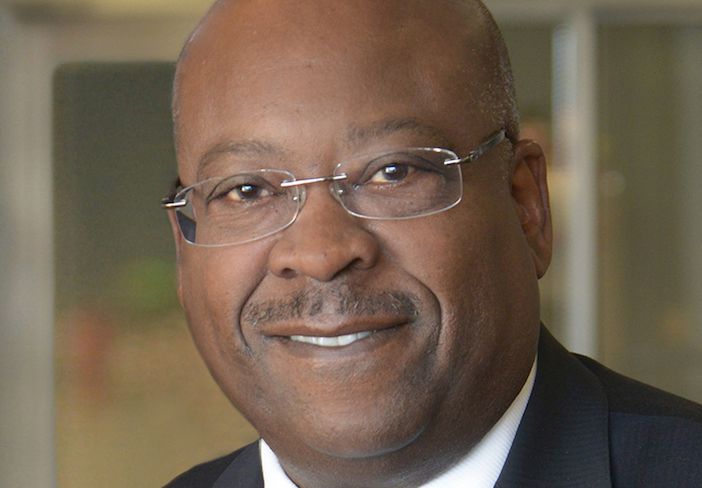Greg Winfree, JD, agency director of the Texas A&M Transportation Institute, celebrates the USDOT’s $60m in funding for V2X systems – which was recently added to with over $96m in ATTAIN grants – and focuses the industry on using the grants effectively to save lives and improve sustainability
When I first learned of the US Department of Transportation’s plan to award $60 million in grants to three states to advance connected and interoperable vehicle technologies, I was struck by two thoughts. First, I feel immensely proud that Texas is one of the three states (along with Utah and Arizona) to receive a grant, firmly confident that we’ll be successful in meeting the USDOT’s goals. Second, I have a feeling that, in terms of technology and vehicle safety, we’ve been down this road before.
The Saving Lives with Connectivity: Accelerating V2X Deployment initiative will accelerate the development and adoption of technologies that enable vehicles and wireless devices to communicate with each other and with roadside infrastructure.
To support that vision in Texas, we will launch the TRUST project (Transforming Roads, Unleashing Smart Technologies). We will assertively move V2X technology from the research realm into a viable and sustainable operating arena across the surface transportation system, giving travelers better information.
Across the project area, our team will deploy and operate sustainable V2X environments for signal phase and timing, flood warning system integration, VRU identification and protection, adverse weather response and rail crossing information.
“We know the technology works in the laboratory; now it’s time for the rubber to meet the road”
These deployments will utilize the communications spectrum and companion technologies to expand the current outreach mechanism. We envision systems in which all vehicles are communicating with each other and with their roadside environments, using a common language and receiving the same data at the same time. Ultimately, we will create a national playbook to guide other states as well as our international partners as they pursue their own ambitions.
Federal, state, local and tribal government agencies, aided by next-generation technologies, are now poised to make the greatest strides in roadway safety in decades. Not surprisingly, it was advanced technology that enabled another life-saving victory streak that began 50 years ago.
From the early 1970s to the early 1990s, the US roadway fatality rate was cut by half, even as the number of overall miles traveled more than doubled in the same period. That’s right – the total travel volume increased by more than 100%, but deaths per 100 million vehicle miles traveled actually dropped by about 50%. It’s no coincidence that antilock brake systems and air bags became increasingly common over that same period. Technology has evolved dramatically over the past half-century, but its life-saving purpose and lofty potential have not changed .
The past decade has largely been about research and testing. This new round of DOT grants is about deployments and putting that research into practice. In short, we’re going to move the latest proven technology from the research phase to the real-world application phase. We know the technology works in the laboratory; now it’s time for the rubber to meet the road.
This article first appeared in the September 2024 edition of TTi magazine





